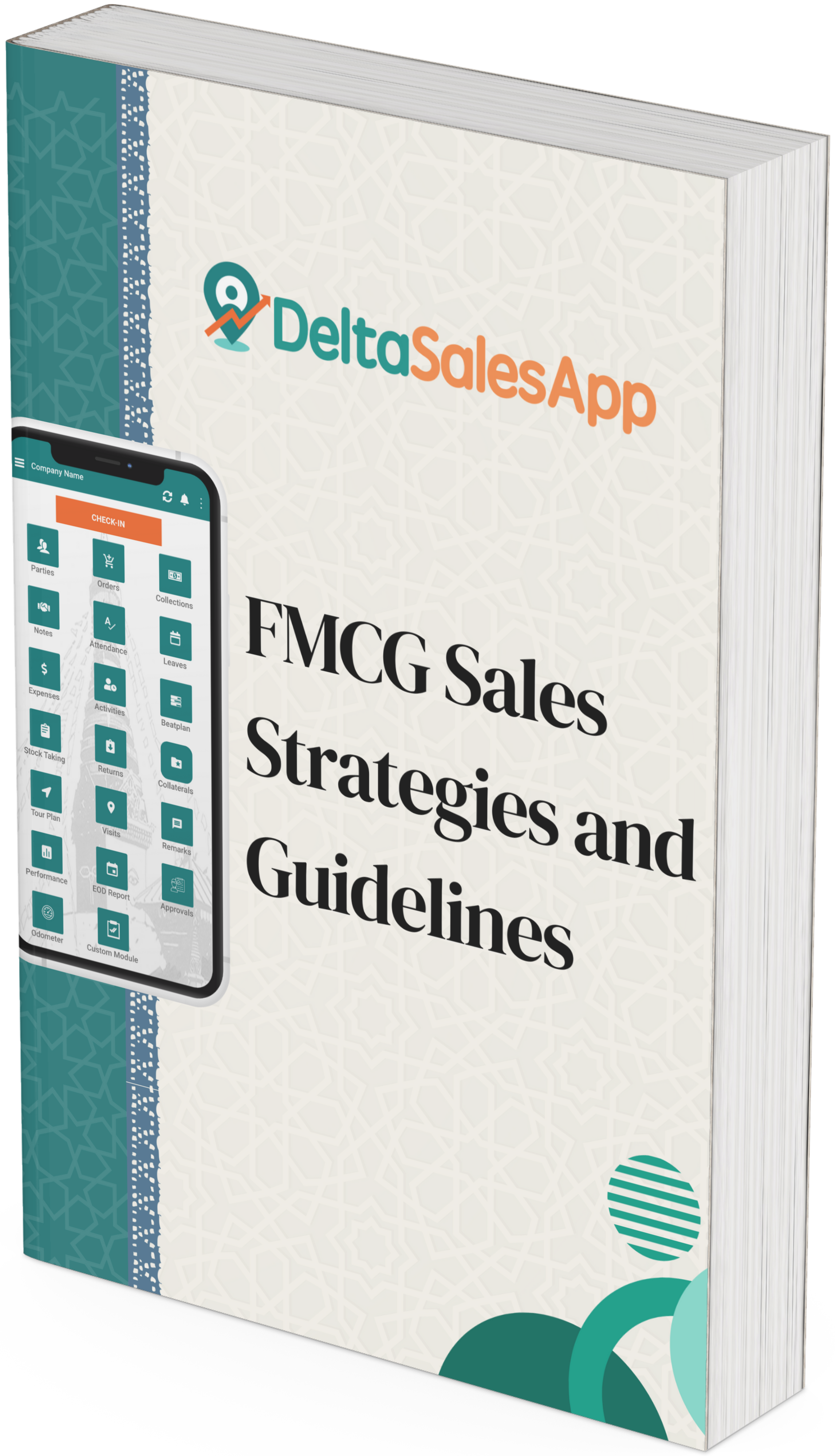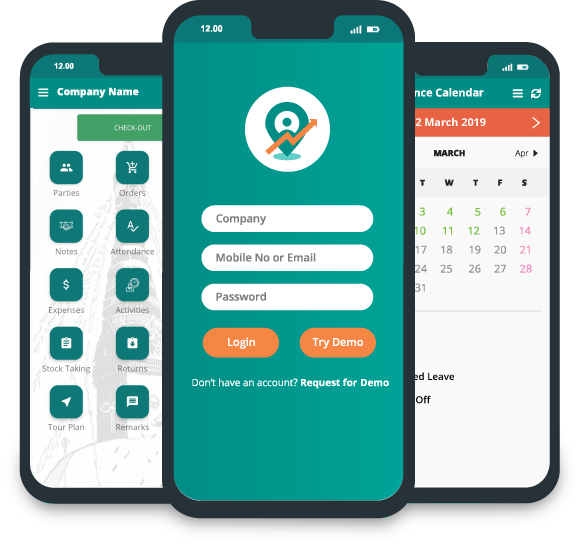How to Effectively Find New Outlets Using Retail Mapping?
_1743656230.png)
Expanding into new markets or uncovering new opportunities in existing markets can be a game-changer for your business. One of the most effective ways to discover new or uncovered outlets is by using a process called retail mapping. This systematic approach helps businesses identify gaps in their distribution network, allowing them to strategically target new areas, optimize their resources, and expand their reach.
In this blog, we’ll walk you through the process of retail mapping and how it can help you find new outlets.
What is retail mapping?
Retail mapping is a process used to identify new or uncovered outlets in a specific geographical area. By plotting various data points such as existing outlets, population density, and competition, businesses can develop an actionable route plan that ensures maximum coverage and improved distribution.
The retail mapping process involves three essential steps:
Pre-Data Collection
Data Collection
Post-Data Collection
Let’s break down each step for better clarity.
Step 1: Pre-Data Collection
The first step in the retail mapping process is to gather relevant pre-data. This is crucial as it provides you with a foundational understanding of the market you're targeting. Here are the key elements to consider:
Geographical Boundaries of the Distributor Area
It’s essential to know the geographical boundaries where you’re focusing your efforts. Understand exactly where your retail mapping will begin and end. This allows you to streamline your efforts and focus on a specific area.
Population Insights
Population data is vital when planning retail expansion. Using census data, you can understand how many people live in the area and determine if the location has the right consumer base for your products. Knowing how to read and use census data will help you analyze the potential of the area and decide whether it’s worth pursuing. Additionally, you can identify the tier of town (Tier 1, Tier 2, etc.), which will help you tailor your strategy to suit the population and economic factors of that town.
Identifying Potential Outlets
The next step in this phase is to determine the potential number of outlets that can be opened within the geographical boundaries. This is where the DPL (Dealer per Lakh) approach comes in. By using the DPL method, you can estimate how many outlets can potentially be set up in a given area. Understanding DPL helps in planning the number of outlets needed for sufficient market coverage.
Step 2: Data Collection
Once you have gathered the necessary pre-data, the next step is data collection from the outlets. This step involves physically visiting potential locations to gather important information about each outlet. Here’s how you can do it:
Information to Collect from Retailers
As you visit the outlets, it’s important to gather details that can help you understand the market better. The following are essential data points to record during your visits:
Retailer’s name and contact information (phone number, address)
The competitor products available in the outlet
Category sales: What types of products are being sold the most?
Outlet size: Is it a large outlet or a small shop?
This step helps you to understand the landscape better and provides insights into how the market is currently structured.
Step 3: Post-Data Collection
Once you’ve collected the necessary data from the market, the final step is to process and visualize it on a map. This is where mapping becomes critical.
Why Plot on a Map?
Plotting the collected data on a map offers several advantages. It enables you to:
Visualize the market landscape: See where your uncovered outlets are located.
Design efficient routes: Identify the best routes for your sales team by using route designing. This process helps create optimized beats and routes based on the geographic spread of the outlets.
Understand outlet density: See how many outlets are concentrated in specific areas, which allows you to focus on less-catered regions.
By plotting the data, you can create a more effective sales strategy that ensures your products are available in all the right places.
Conclusion
Retail mapping is a powerful tool for identifying new outlets in both existing and new markets. By following the three-step process—pre-data collection, data collection, and post-data collection—you can uncover potential outlets, optimize distribution, and ensure your products are available where they’re needed most.
With a solid understanding of geographical boundaries, population data, and potential outlet locations, you can create a clear and actionable retail expansion plan. If you’d like to dive deeper into this process and gain more insights into how to identify new outlets, you can explore our comprehensive online course. The course walks you through the steps in detail, including how to utilize census data and DPL analysis to enhance your retail strategy.
Ready to expand your market presence? Start your retail mapping process today and ensure that no outlet is left uncovered!
Frequently Asked Questions (FAQ)
1. What tools can be used for retail mapping?
Various tools can be used for retail mapping, including GIS (Geographic Information System) software, Google Maps, and specialized retail mapping applications. These tools help visualize data, plan routes, and analyze market potential.
2. How does retail mapping help in sales growth?
Retail mapping helps businesses identify gaps in distribution, target new outlets, optimize sales routes, and ensure product availability in high-potential areas. This leads to better market penetration and increased sales.
3. Can retail mapping be used for online businesses?
Yes, retail mapping can be useful for online businesses, especially those with physical distribution networks. It helps identify high-demand areas, optimize delivery routes, and target the right customers.
4. What is the DPL method in retail mapping?
DPL (Dealer per Lakh) is a method used to estimate the number of retail outlets needed in a particular area based on population density. It helps businesses plan their distribution strategy effectively.
5. How often should retail mapping be updated?
Retail mapping should be updated regularly, at least once every six months. Market dynamics change due to competition, population shifts, and economic factors, making regular updates crucial for sustained growth.
6. What industries benefit from retail mapping?
Retail mapping is beneficial for industries such as FMCG, pharmaceuticals, consumer electronics, automotive parts, and any business with a physical distribution network.









